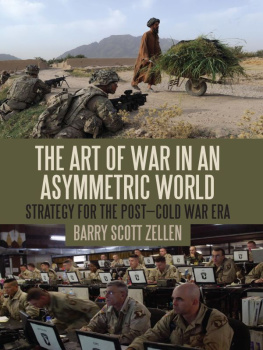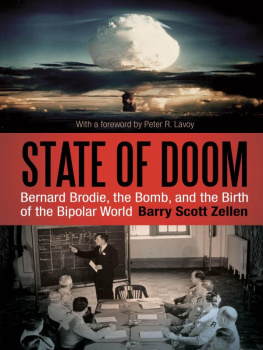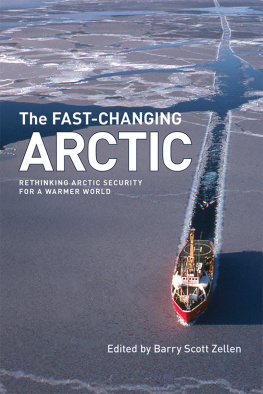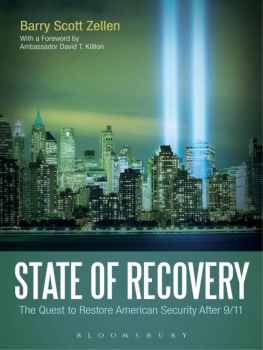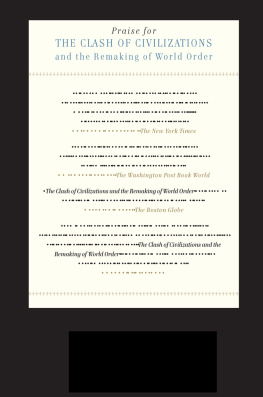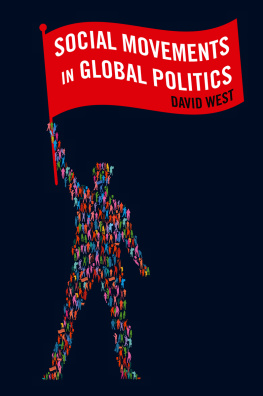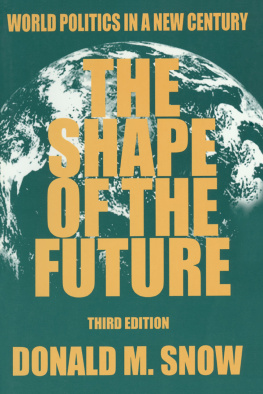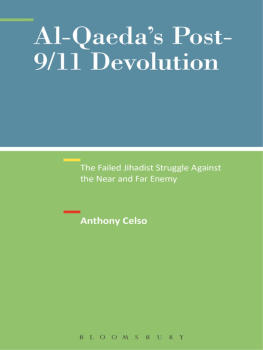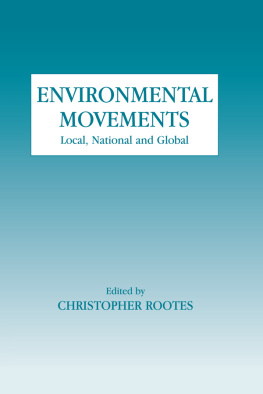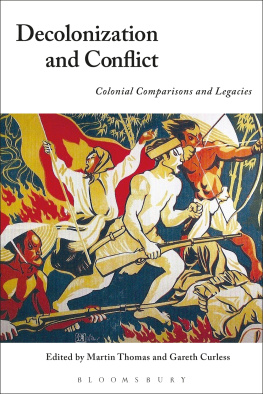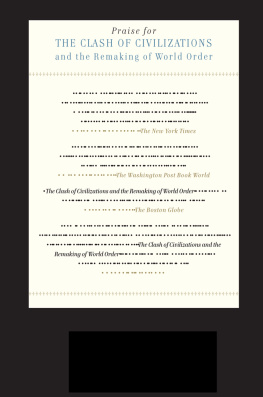Continuum International Publishing Group
The Tower Building 11 York Road London SE1 7NX
80 Maiden Lane Suite 704 New York NY 10038
www.continuumbooks.com
Barry Scott Zellen, 2012
All rights reserved. No part of this book may be reproduced, stored in a retrieval system, or transmitted, in any form or by any means, electronic, mechanical, photocopying, recording, or otherwise, without the written permission of the publishers.
ISBN 978-1-4411-2099-1
Library of Congress Cataloging-in-Publication Data
Zellen, Barry Scott, 1963-
The art of war in an asymmetric world : strategy for the post-cold war era / Barry Scott Zellen.
p. cm.
Includes bibliographical references and index.
ISBN 978-1-4411-9555-5 (hbk. : alk. paper) ISBN 1-4411-9555-6 (hbk. : alk. paper) 1. Military art and scienceHistory21st century. 2. War. 3. World politics1989- 4. United StatesMilitary policy. I. Title.
U42.Z39 2012
355.02dc23
2012002423
Foreword
The collapse of the Soviet Union did not create the utopian world that many hoped it would. Throughout recorded history, conflict has been a constant in the state of world affairs. We were quickly reminded of this by the events that unfolded in such places as the former Yugoslavia, Rwanda, Sri Lanka, and Afghanistan, to name just a few. However, what is changing are some of the reasons and mechanisms for waging conflict. Although globalization, the evolving means, outlets and speed of communication, and the rapid pace of technological innovation have changed the global landscape positively (albeit primarily in Western states), it has also become the catalyst for, and the means to promulgate, conflict, and in ways that we have not previously imagined.
In order to protect national security interests in our increasingly globalized, interconnected, and interdependent worldparticularly against terrorism, states must now contend with the global rebalancing of economic and state power (e.g., the rise of China). They must also deal with globally disconnected states such as: North Korea and Iran; disenfranchised ethnic groups like the Zapatistas in Mexico; non-state actors like al Qaeda and Hezbollah; and what Thomas Friedman has dubbed super empowered individuals such as Osama bin Ladenall equipped with a new set of readily accessible means for inflicting harm and generating chaos in order to promote their contentious agendas. As exemplified by events on 9/11 and the wars in Iraq and Afghanistan, military superiority alone will no longer be enough to address state threats.
In the foreseeable future, no state or non-state actor will take on the United States or its allies in a conventional fight. This imposes a most troubling challenge to the United States and other targeted statesthe evolving asymmetric and network centric nature of warfare, fuelled by extremism and facilitated by technology, diverse communication means, and financial supportmaking the world a much more dangerous and unpredictable place. For example, in the past, terrorists used to operate as isolated and independent groups. Today, many are interlinked and mutually supporting. Furthermore, it is quickly becoming all too common for affiliated groups to form cells around the world in order to promote and expand their ideology. Born out of necessity, an immediate response to combat these concerning activities was to create the US Department of Homeland Security and the US Africa Command (AFRICOM).
The United States has learned many lessons in Iraq, Afghanistan, and other postCold War engagements about the changing nature of warfare. The US military has transformed into a more adaptive and flexible force, particularly in conducting counterinsurgency operations, employing special operations forces, combating terrorism and cyber attacks, working with US interagencies, as well as embracing the importance of dominating the information domain. Its doctrine has been appropriately evolving to reflect this transformation, including incorporating the concept of operational design in the initial phase of the military planning process to help commanders better understand the complexity of the operational environment in which they operate. Departments within the US government are building deployable pre- and post-conflict capabilities as a direct way of preventing or responding to conflicts, such as establishing the Bureau of Conflict and Stabilization Operations (CSO), which was designed to coordinate these activities.
Restoring order in an increasingly complex and chaotic world is no small task, particularly in a challenging budgetary environment. Among major economies, the United States owns $2.8 trillion of the $7.6 trillion debt that matures in 2012. It also has another $12 trillion of debt lingering over the horizon. The United States will have to leverage its allies and its intellectual might to match the wit and ingenuity of those seeking to undermine our and our allies interests around the world. This charge is not just complicated by the diverse mix of non-state actors that one must contend with, but by the makeup of some of the state actors involved. Iran is a well-known sponsor of terrorism, particularly terrorist acts against Israel and the United States. China has established cyber units to not only protect its own diplomatic, economic, and military vital interests, it has also used these same units to penetrate the vital interests of other states. Recently, China even penetrated sensitive information in the US Department of Commerce and on Wall Street.
The world is becoming progressively more complex and dangerous as a result of the empowering of state and nontraditional actors with ill-will schema. This reality will increasingly confront strategic, operational, and tactical level thinking throughout the US government on how to best ensure national security and US security interests around the world. Barry Scott Zellens The Art of War in an Asymmetric World: Strategy for the PostCold War Era gives us a full appreciation of the security challenge ahead; highlights actions the United States has taken to engage threats and combat its enemies; and, by synthesizing prominent theorists ideas, provides a thought-provoking way ahead on how to win the long war on terrorism and to cultivate an enduring peace.
Dr David A. Anderson
Professor of Strategic Studies
Odom Chair of Joint, Interagency and Multinational Operations
US Army Command and General Staff College
Fort Leavenworth, Kansas
Chapter 1
Global Disorder: The PostCold War Era
The Bipolar Collapse and the Rise of Global Entropy
When the bipolar international order gave way to entropy at the Cold Wars end, it brought a swift andat least along the Central Frontlargely nonviolent conclusion to a generational conflict that had threatened destruction on an Apocalyptic scale to sustain the delicate peace, inducing the proliferation not just of extinction-level weapons of mass destruction, but also a new, and in many ways Orwellian, language. A language that sought to explain how order would come from the threat of mass annihilation and global chaos, with such terms as balance of terror, mutual assured destruction, overkill, and other nomenclature enabling the nuclear-armed Cold War adversaries to communicate to one another and with their allies about the potent yet precarious structures erected to maintain the Cold Wars bipolar international order.

